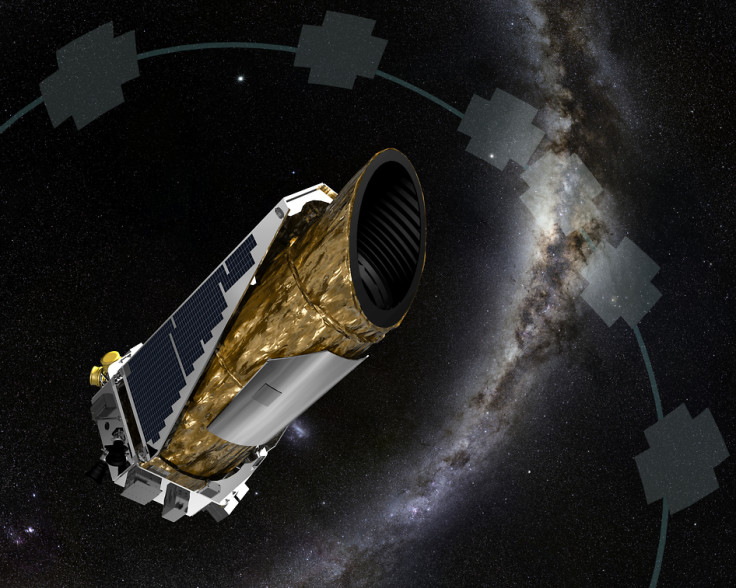Three Earth-like planets sighted around nearby star

A star with three lukewarm Earth-like planets has been discovered using the Kepler telescope with at least one of these capable of supporting life.
The farthermost planet around the red dwarf star is in the habitable Goldilocks zone which means it is rocky and could have the right temperature to support liquid water oceans, and life.
"A thin atmosphere made of nitrogen and oxygen has allowed life to thrive on Earth. But nature is full of surprises. Many exoplanets discovered by the Kepler mission are enveloped by thick, hydrogen-rich atmospheres that are probably incompatible with life as we know it," said Ian Crossfield, the University of Arizona astronomer who led the study with astronomers from the University of California, Berkeley, the University of Hawaii, Manoa, and other institutions.
The star, EPIC 201367065, is a cool red M-dwarf about half the size and mass of our own sun. It is at a distance of 150 light-years from Earth.
The three planets are 2.1, 1.7 and 1.5 times the size of Earth. The smallest and outermost planet, at 1.5 Earth radii, receives light from its star similar to what the Earth gets from the sun, said UC Berkeley graduate student Erik Petigura.
He discovered the planets while conducting a computer analysis of the Kepler data Nasa has made available to astronomers.
The team used telescopes in Chile, Hawaii and California to characterise the star's mass, radius, temperature and age. Observations with other telescopes, including the Hubble Space Telescope, will next document the spectroscopic fingerprint of molecules in the planetary atmosphere.
"We've learned in the past year that planets the size and temperature of Earth are common in our Milky Way galaxy," Andrew Howard from University of Hawaii said. "We also discovered some Earth-size planets that appear to be made of the same materials as our Earth, mostly rock and iron."
The Kepler telescope which lost two reaction wheels was reborn in 2014 as "K2" where it points the telescope in the plane of Earth's orbit and looks for planets by searching for eclipses or "transits," as planets pass in front of their host stars.
A census of Kepler planets the team conducted in 2013 concluded that one in five sun-like stars in the Milky Way galaxy has Earth-size planets in the habitable zone.
© Copyright IBTimes 2025. All rights reserved.





















